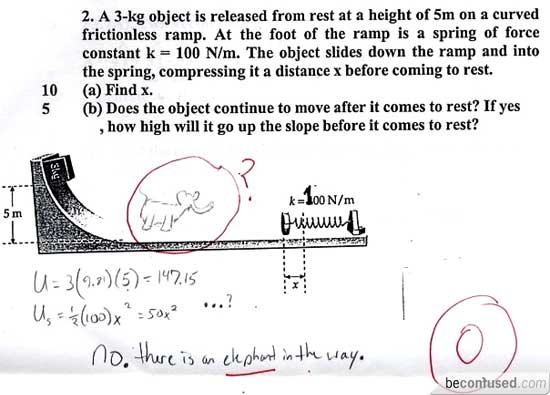So, anyway, just a quick blast to let you know of the TOTAL SOLAR ECLIPSE happening next year!
334 days 22 hours 19 minutes 33 seconds to go! 32 seconds... 31 seconds.... 30 seconds...
Yes, it's never to early to plan for something like this. August 21 2017 will see the first total solar eclipse sweeping across the entire continental US since 1918! The last total eclipse to hit the US at all was in 1978, but it only clipped 5 states in the Northwest and it was cloudy & raining...
For starters, below is a map showing the progression and local times from Newport OR @ 10:15 AM MT to Charlotte SC @ 2:46 PM EDT.
I'll be in Kansas with my lovely wife for the viewing with a real astronomer buddy of mine, Mike Ford, a real honest-ta-goodness observatory director (Banner Creek Observatory, KS) and past NASA co-worker.
You may notice from the above map that CT, Corrupticut, where most of the recipients of this incomparable newsletter reside and the state of my most recent happy departure, will be at about 75% total. It'll look sorta kinda like this image:
SOME DETAILS:
DETAIL #1: Totality, occurring within the yellow strip in the map above, means the Moon will totally block out the Sun. Totally, Dude. Everywhere else in the continental US, Canadia, and Mexico will witness various degrees of partial blockage. The following image is totality from 2015 taken in Norway. Notice the prominent Corona I warn you about later. Yikes and GadZooks.
DETAIL #2: The other two types of solar eclipse are Annular and partial. Annular is when the Moon is, indeed, directly in the path of the Sun, but is too far from Earth in its elliptical path to block it all. It's sometimes referred to as the "Ring Eclipse". Partials, right image, will be seen everywhere in North America on 08/21/2017 away from the totality path.
DETAIL #3: DO NOT LOOK DIRECTLY AT THE ECLIPSE AT ANY TIME! NOOOOOO! That is a bad thing. A very bad thing. Not even if someone gives you the dreaded TRIPLE DOG DARE YA! Even though it will seem like it's nighttime during totality, there is so much pure EM radiation in several forms of high-energy photons coming from the Sun's invisible atmosphere, the Corona, and surface, the Photosphere, that you would cause irreparable harm to your poor little melting retinas. In fact, if you look long enough, your head would explode. Well, maybe not really explode, but...
I CANNOT EMPHASIZE THIS ENOUGH! After every solar eclipse, there are plenty of stories of stupid people blinding themselves because, "All I did was look. How was I supposed to know?" These miscreants belong in the same category as the idiots who blow off their hands playing with a "harmless" firecracker in front of their kids. Idiots... But, I digress...
THIS website offers the cheapest Eclipse Viewing Glasses I've found. Coincidentally, that website is Eclipse2017.org... As cheap as $1.50 each when ordering a dozen or more... Other sites I've found are running $8 or more per pair. Buy a batch of them and protect your loved ones! The idiots are on their own...
So, start planning your trip now! This would make a great Pre-School event before heading back to the trenches of Academia. To help in planning, here are some cool websites to head to:
1. WEBSITE #1 : Full graphical description of where and when totality occurs all the way from Oregon to S Carolina. Examples of TN and SC below.
2. WEBSITE #2 : Astronomy Magazine's "25 Things You Should Know" about this eclipse.
3. WEBSITE #3 : The Great American Eclipse 2017 full scale hard-core science knowledge. More here than anyone would ever need.
4. WEBSITE #4 : Sky & Telescope magazine sponsors a 5-Night tour centered in Nashville with plenty of side travel and experts. At $2999, I find it a little pricey, but who am I to deprive wealthy teachers and students from an educational event...
I will send out more at a much later date, but NOW is not a bad time to plan a family trip of a lifetime! Head to Oregon! Head to Wyoming! Head to any of the 14 states this monster will be hitting! Except Montana... Poor Montana... The eclipse does hit Montana, but the entire path of darkness is in an area where there are no roads, no towns, no people that anyone else cares to know; only critters that would kill you and sage brush that scares me...
Cheers.



























